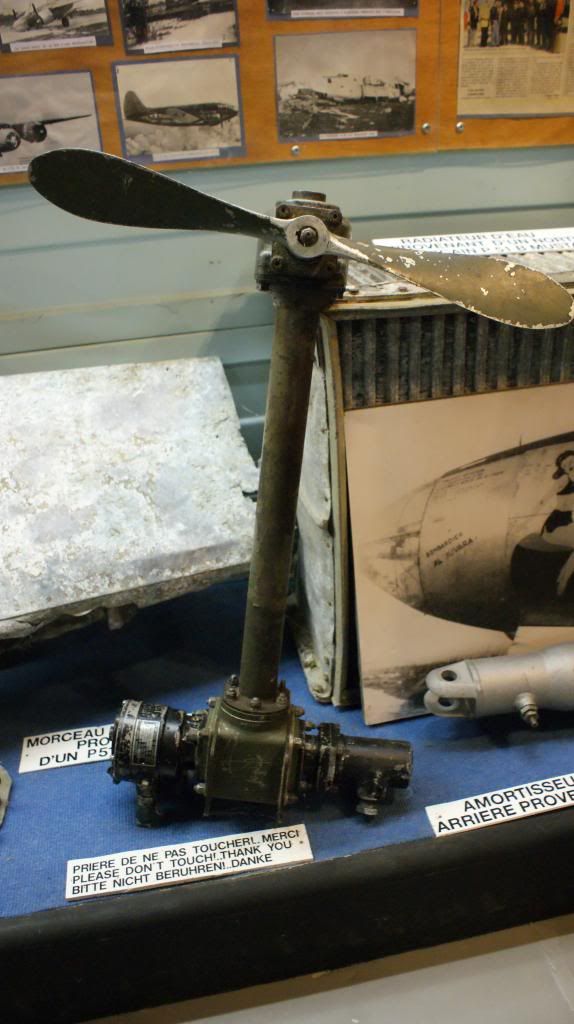To Whom It May Concern;
On behalf of the Aviation Museum of Warluis - Beauvais (France) I am attempting to trace the history and origin of an aircraft assembly in their collection, which we suspect is of a World War 2 era aircraft.
I realise this forum is to sell / buy parts but we are only interested in finding out about the history of the part, it is not for sale.
The assembly consists of a stem mounted fixed pitch propeller which drives a vacuum pump and a (suspected) hydraulic pump.

To only identification on the assembly can be found on the vacuum pump. The part identification tag is clearly readable and has the following information on it:
Vacuum Pump
Type B2-A Spec. No. 95-28135
Old Part No. 194-E
New Part No. 3P-194-E
Serial No. PE C110ZM or PE C1107M
Order No. W535ac 344993
Pesco Products Co. CLeveland Ohio
So far research on the internet resulted in finding the Service and Maintenance manual for this vacuum pump.
Would you please help us finding more information about the history and origin of this assembly, and which aircraft type it was fitted on.
Your help would be much appreciated.
Yours sincerely,
Gordon





